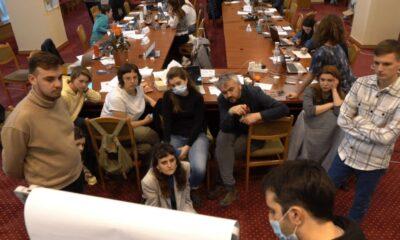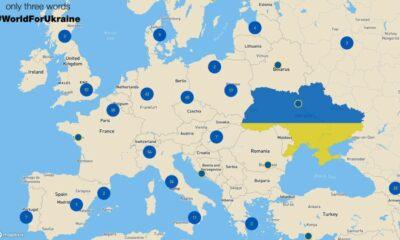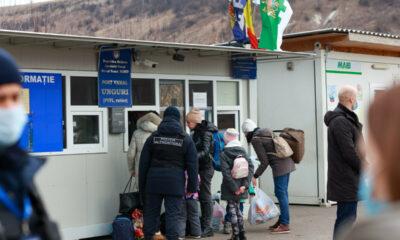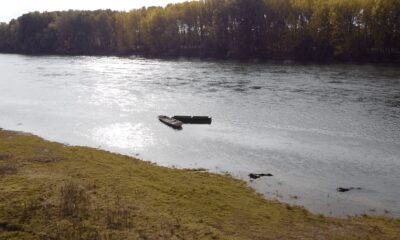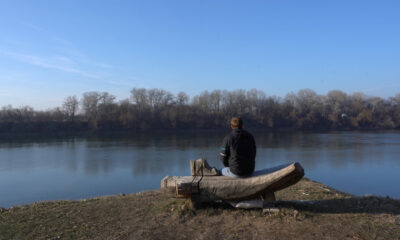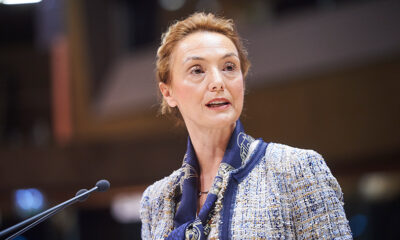Economy
EU Warns Member States of New Russian-Ukrainian Gas War
Reading Time: 3 minutesFollowing a recent telephone conversation between the head of the European Commission Jose Manuel Barroso, and the Russian Prime Minister Vladimir Putin, the commission urged all E.U. member states to immediately begin filling gas storage facilities because they believe that a new Russian-Ukrainian gas war is imminent.
By Roman Kupchinsky
Following a recent telephone conversation between the head of the European Commission Jose Manuel Barroso, and the Russian Prime Minister Vladimir Putin, the commission urged all E.U. member states to immediately begin filling gas storage facilities because they believe that a new Russian-Ukrainian gas war is imminent. A source in the commission told the Russian newspaper Kommersant on July 3 that "the conversation between Barroso and Putin does not inspire optimism" (Kommersant, July 3).
An emergency meeting of the E.U. coordinating group on gas took place in Brussels on July 2 to discuss the emerging crisis. The E.U. commission summed up the recommendations of the meeting in a statement which noted that Ukraine’s unpredictable ability to fill its gas storage facilities, due to lack of funds, should be taken seriously and urged member states to fill their storage facilities to capacity with gas "from all available sources" (Kommersant, July 3). This call is bound to increase LNG spot market sales to Europe in the coming weeks.
By the end of June the E.U. was optimistic that the terms of a loan for Ukraine could be reached. However, the size of the loan would be $2 billion-half of the total sought by Kyiv. Moreover, the commission attached a number of conditions to the loan, the foremost being the restructuring of the state-owned gas monopoly Naftohaz Ukraine, in order to improve its transparency. The commission wants to see Naftohaz split into separate entities, which would each be responsible for different functions such as transport, sales, production and storage.
Despite the E.U. commission’s optimistic prognosis, Russian energy experts and officials were not convinced that the problem could be resolved in time for the peak heating season. One Gazprom official was quoted as saying: "We heard that it would be impossible to finalize the loan before September. This is already too late and we hope that it will be agreed upon earlier" (www.jamestown.org/blog, July 1).
The commission’s warning, however, is easier issued than complied with. The Balkan countries do not have LNG receiving terminals, and being tied to Russian pipeline gas, they could suffer most. Germany has been enmeshed in a conflict with E.U. regulators over the construction of its first LNG import terminal designed to import gas from Algeria and the Middle East. An E.ON Ruhrgas spokesman admitted that construction will not begin in 2009 as scheduled (www.neurope.eu, July 3).
Italy, which according to the CIA Factbook consumes 84.89 billion cubic meters (bcm) (2007 estimate) of gas, has only one operating LNG terminal with less than a 4 bcm receiving capacity, and is owned by ENI, the Italian energy giant. The French GDF Suez hopes to build a second offshore Italian LNG terminal by 2012. In the event of a new prolonged Russian-Ukrainian gas war the Italian economy, as well as homeowners are bound to suffer.
What was once a boom in gas storage projects in Germany and the surrounding countries is running out of steam, as sizeable new additions fall victim to the financial crisis. The region might get by in the long term if the regulators enforce greater access for all players by freeing storage from the grip of heavyweights such as E.ON Ruhrgas and Wingas. These companies have progressively expanded underground facilities to store more Russian gas and to maximize profits from trading seasonal supplies. Smaller players followed suit, but they cannot maintain the momentum as cash flows decrease, and forecasts for gas demand remains gloomy as the economic crisis continues (www.guardian.co.uk, July 3).
In anticipation of the upcoming payment deadline for gas deliveries in June, the Ukrainian cabinet of ministers raised the statutory capital of the state-owned UkrEksimbank by almost $1 billion. Most Ukrainian analysts believe that this money will be used by Naftohaz to pay the bill and avoid any shutdown of deliveries (www.ua-energy.org, July 2).
How long Ukraine can continue using such stop-gap measures is a question that is rightfully worrying E.U. officials. In June, the media reported that the Ukrainian Central Bank printed more money to pay for its gas deliveries in May – although Prime Minister Yulia Tymoshenko adamantly denied this. Furthermore, the cost of the 19 bcm of gas which Naftohaz needs to buy from Gazprom to power the compressor stations during the height of the heating season is part of the gas transit contract signed in January 2009. This money has already been given to Ukraine and it was spent on shoring up the budget.
What awaits Europe in the next few months is far from clear. While exasperation with Ukraine grows in Brussels, and while Moscow is justified in demanding timely payment for gas delivered to Ukraine, as well as all the penalties incurred for buying less gas than it was contracted for in the January contract, Russia does not want to be seen again as a villain causing undue human suffering and economic pain by the governments and people of its largest gas and oil market.
Economy
Moldova will receive a disbursement of 36 million euros as part of the the Economic Recovery Plan
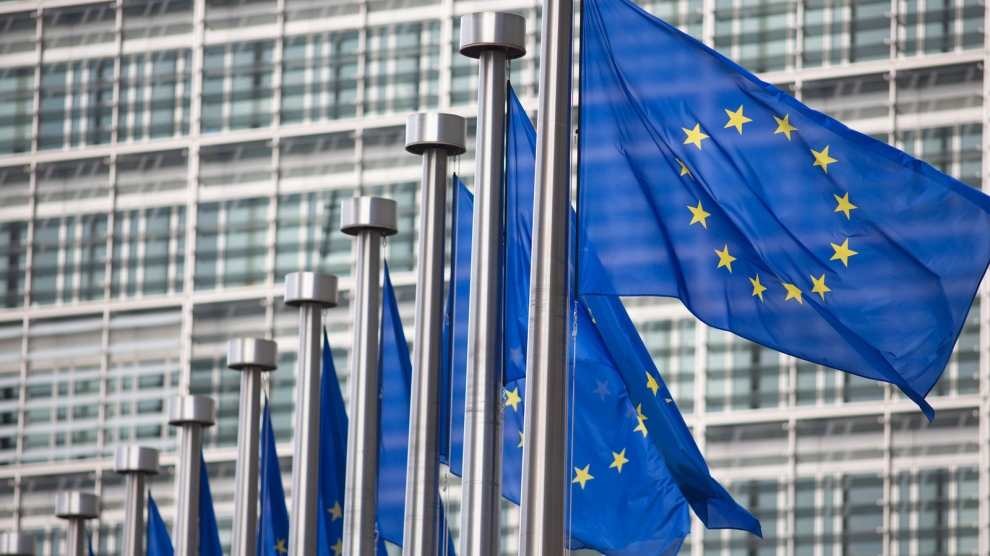
This week, the European Commission approved the disbursement of 36 million euros in grant money for the Republic of Moldova. The announcement was made by Deputy Director-General for Neighbourhood Policy and Enlargement Negotiations at the European Commission, Katarina Mathernova, who paid an official visit to the Republic of Moldova between September 13-15, together with Managing Director for Russia, Eastern Partnership, Central Asia, Regional cooperation and OSCE, at the European External Action Service, Michael Siebert.
The EU officials had meetings with President Maia Sandu, Minister of Foreign Affairs and European Integration, Nicu Popescu, Speaker of Parliament, Igor Grosu, Prime Minister of the country, Natalia Gavrilita, as well as key representatives of Government, international financial institutions and the civil society, according to a press release issued by the Delegation of the European Union to the Republic of Moldova.
Beside such topics as the EU-Moldova relations and prospects, the priorities of the reform agenda of the new Moldovan Government, preparations for the Eastern Partnership Summit at the end of the year and the Transnistrian conflict settlement, the officials also discussed the EU assistance in support of reforms and the Economic Recovery Plan for Moldova, which was announced in June with a total EU support of 600 million euros over the next 3 years.
“The first measures under the Economic Recovery Plan will shortly materialize, with the expected disbursement of 36 million euros in grant money under budget support programmes to support the authorities’ efforts to fight against the consequences of the pandemic. Moldova can count on EU’s assistance on its path to reforms and to recovery, bringing tangible results to citizens,” Katarina Mathernova stated.
The plan is based on assistance provided by the European Union through various bilateral and regional instruments, aiming to mobilize the funds in the form of grants, loans, guarantees and macro-financial assistance.
“The Economic Recovery Plan for the Republic of Moldova involves much more, not just this financial support provided immediately. It must help digital transformation, strengthen infrastructure, energy efficiency, education and support small and medium-sized enterprises,” the EU official also said.
As Prime Minister Natalia Gavrilita informed, “The Economic Recovery Plan and the 5 flagship initiatives for Moldova in the Eastern Partnership will directly contribute to the reform and consolidation of institutions, stimulate long-term socio-economic development, bring direct benefits to citizens, and unleash new economic opportunities through promoting the green agenda and digitization. Small and medium-sized enterprises (SMEs) have been hit hard by the crisis. Promoting and diversifying access to finance and reducing collateral requirements will be essential in supporting economic operators. We are grateful to the EU partners who will launch two programs to support 50 000 independent Moldovan SMEs to adapt to the new conditions.”
President of the Republic of Moldova, Maia Sandu, welcomed the decision of the European Union to disburse about 745 million lei in grant money, as the official page of the President’s Office announced. “EU support comes after a long period of freezing of European assistance, caused by former governments. We managed to relaunch the political dialogue with the European Union and resume financial assistance. The Republic of Moldova is gradually regaining the trust of its strategic partners. This European support is also a signal of encouragement for the new Government team in its commitment to clean up the institutions, fight corruption and launch development programs in the country,” said Maia Sandu.
Photo: unknown
Economy
Romania and Moldova signed a partnership memorandum pledging to cooperate in promoting their wines

The Chamber of Commerce and Industry of Romania (CCIR) and the National Office for Vine and Wine (NOVW) of the Republic of Moldova signed, last week, a memorandum of cooperation on organizing joint promotional activities in the markets of common interest, as the CCIR announced.
China, Japan or the USA are just some of the markets targeted by the Romanian and Moldovan institutions. The memorandum also involves advertising activities for wines from common indigenous varieties, promoting the oeno-tourist region, developing a tourist route in the two states, exchange of experience, study visits, and mutual support in identifying new export opportunities. “We are very confident that this collaboration between our organizations will lead to sustainable economic growth and a higher degree of well-being among Moldovans and Romanians,” claimed Deputy Secretary-General of CCIR, Bogdan Visan.
On the other hand, Director of the NOVW, Cristina Frolov, declared that no open competition with Romania is aimed at the governmental level of the Republic of Moldova. “This request for collaboration is a consequence of the partnership principle. Romania imports 10-12% of the wine it consumes, and we want to take more from this import quota. Every year, the Romanian market grows by approximately 2.8%, as it happened in 2020, and we are interested in taking a maximum share of this percentage of imported wines without entering into direct competition with the Romanian producer,” the Moldovan official said. She also mentioned that Moldova aims at increasing the market share of wine production by at least 50% compared to 2020, and the number of producers present on the Romanian market – by at least 40%.
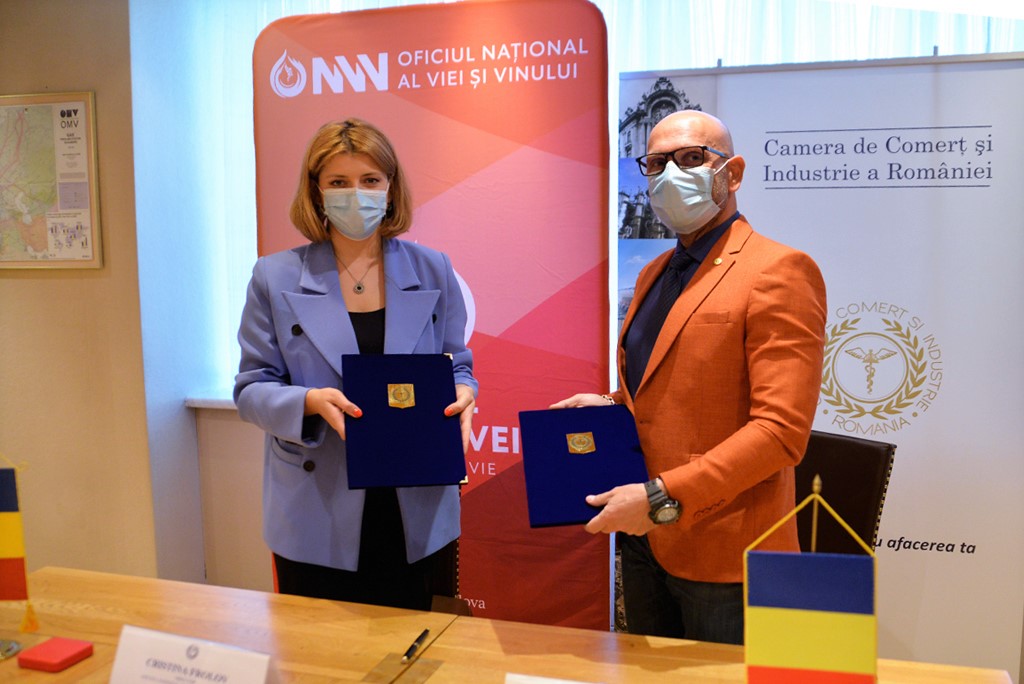
Source: ccir.ro
**
According to the data of the Romanian National Trade Register Office, the total value of Romania-Moldova trade was 1.7 billion euros at the end of last year and over 805 million euros at the end of May 2021. In July 2021, there were 6 522 companies from the Republic of Moldova in Romania, with a total capital value of 45.9 million euros.
The data of Moldova’s National Office of Vine and Wine showed that, in the first 7 months of 2021, the total quantity of bottled wine was about 27 million litres (registering an increase of 10% as compared to the same period last year), with a value of more than one billion lei, which is 32% more than the same period last year. Moldovan wines were awarded 956 medals at 32 international competitions in 2020.
Photo: ccir.ro
Economy
Moldova’s hope to be a top walnut exporter and its main difficulties
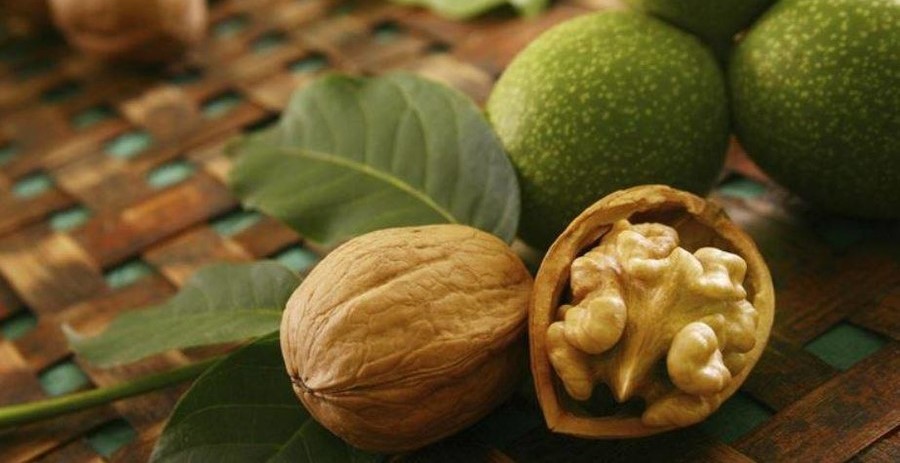
The Republic of Moldova has perfect weather conditions for growing walnut trees, that creating a great potential of walnut production and trade, especially on international markets, where the demand is way higher than the product’s supply. National and international experts believe that the country’s walnut production industry is on the verge of important transformations, which could lead to increased yields, quality and competitiveness worldwide.
According to authorities, Moldova exports 34-35 thousand tons of walnuts in shell, which is about 7% of the total export of fruit and 5% of the total export of horticultural products. The export value is assessed as being $120 million, that being 57-60% of the total fruit export value and about 50% of horticultural export value. Most of walnut crops are exported to the EU countries, such as France, Germany, the Netherlands, Romania and Austria. The country’s exports were among the world’s top 10 when it comes to the highest dollar value of the product during 2020.
Viorel Gherciu, Minister of Agriculture and Food Industry, pointed out that the production in the domestic walnut industry has increased by 55% in the last five years, which ranks Moldova among the main producers in the world.
“The biggest opportunity for this industry is that we are in the geographical proximity of the largest walnut import area in the world, which is the European Union, with almost 40% of total imports in the world. We are on the EU border, with privileged relations, with an Association Agreement. We already enjoy a good relationship in working with European importers, they trust our processors. A very close collaboration has been created and this is, in fact, the guarantee for those who invest in the area,” claimed the president of the Walnut Producers Association, Oleg Tirsina.
The data provided by the National Bureau of Statistics show that there are 34.7 thousand hectares of walnut plantations in the country. 20.90 hectares are represented by orchards. 75% of planted orchards are formed of old varieties trees. 30-35% of the exported production comes from orchards, the rest comes from individual farmers and plantations along the roads. This means that the quality of walnut production is not at its maximum potential. Developing commercial plantations through orchards modernization and extension of walnut varieties would provide double yield and better quality, experts say.
Governmental support in the form of subsidizing solutions, foreign investments and credit options are indispensable for the industry development. One of the financing options is the credit line of the European Investment Bank Project. Since 2016, 15 producers and processors of nuts, almonds and hazelnuts have benefited from these loans with the total amount of investments worth 8.7 million euros. A further extension of the project would provide another 60 million euros for the modernization of the horticultural sector in general and for harvesting organic walnuts in particular.
Photo: heymoldova.com


